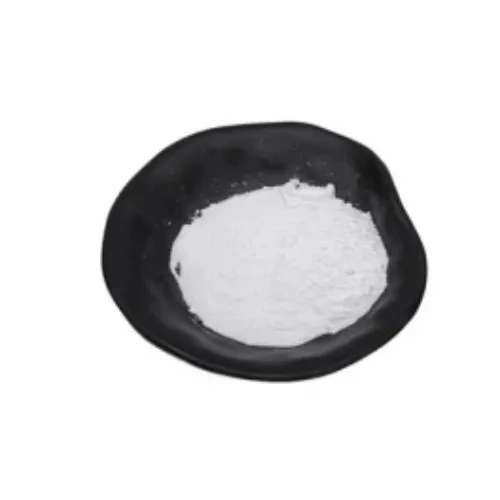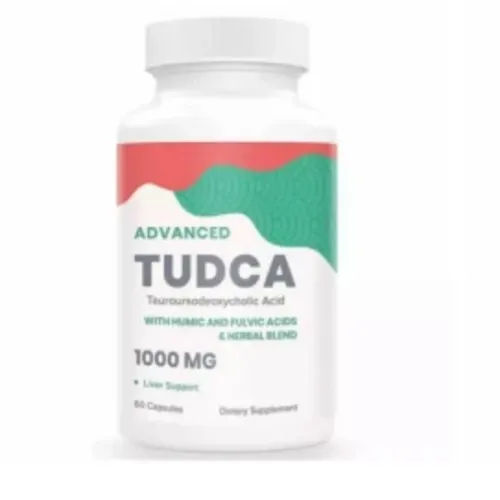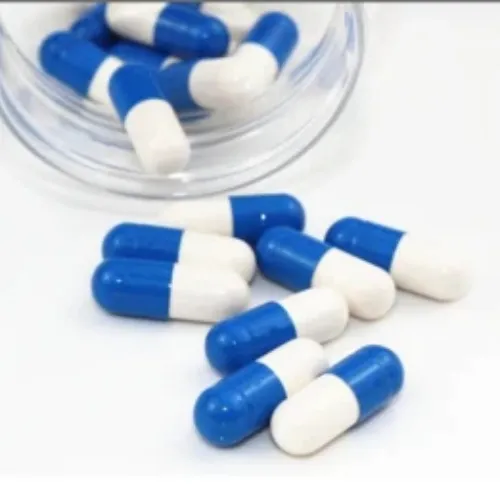Warning: Undefined array key "file" in /home/www/wwwroot/HTML/www.exportstart.com/wp-content/themes/1198/header.php on line 7
Warning: Undefined array key "title" in /home/www/wwwroot/HTML/www.exportstart.com/wp-content/themes/1198/header.php on line 7
Warning: Undefined array key "title" in /home/www/wwwroot/HTML/www.exportstart.com/wp-content/themes/1198/header.php on line 7
- Африканский
- албанский
- амхарский
- арабский
- Армянский
- азербайджанский
- Баскский
- белорусский
- Бенгальский
- Боснийский
- болгарский
- каталонский
- кебуано
- Китай
- Китай (Тайвань)
- корсиканец
- хорватский
- Чешский
- датский
- Голландский
- Английский
- эсперанто
- эстонский
- финский
- Французский
- фризский
- галисийский
- грузинский
- Немецкий
- греческий
- Гуджарати
- гаитянский креольский
- хауса
- гавайский
- иврит
- Неа
- Мяо
- Венгерский
- исландский
- игбо
- индонезийский
- ирландский
- итальянский
- Японский
- яванский
- Каннада
- казахский
- кхмерский
- Руандийский
- Корейский
- курдский
- киргизский
- туберкулез
- латинский
- Латышский
- Литовский
- Люксембургский
- македонский
- Малгаши
- малайский
- малаялам
- мальтийский
- маори
- маратхи
- Монгольский
- Мьянма
- непальский
- Норвежский
- Норвежский
- окситанский
- пушту
- персидский
- Польский
- португальский
- панджаби
- румынский
- Русский
- Самоанец
- Шотландский гэльский
- сербский
- Английский
- Шона
- Синдхи
- сингальский
- словацкий
- словенский
- Сомали
- испанский
- суданский
- суахили
- Шведский
- Тагальский
- таджикский
- тамильский
- татарский
- телугу
- тайский
- турецкий
- туркменский
- украинец
- Урду
- уйгурский
- Узбекский
- вьетнамский
- валлийский
- Помощь
- идиш
- Йоруба
- Зулу
Tauroursodeoxycholic Acid
Tauroursodeoxycholic acid (TUDCA) is an ambiphilic bile acid. It is the taurine conjugate form of ursodeoxycholic acid (UDCA). Humans are found to have trace amounts of TUDCA. Ongoing research is finding TUDCA has diminishing apoptotic effects, with potential application in heart disease, Huntington's disease, Parkinson's disease, amyotrophic lateral sclerosis and stroke. Recently, TUDCA has been found to have protective effects in the eye, especially concerning retinal degenerative disorders.
Дисплей продукта
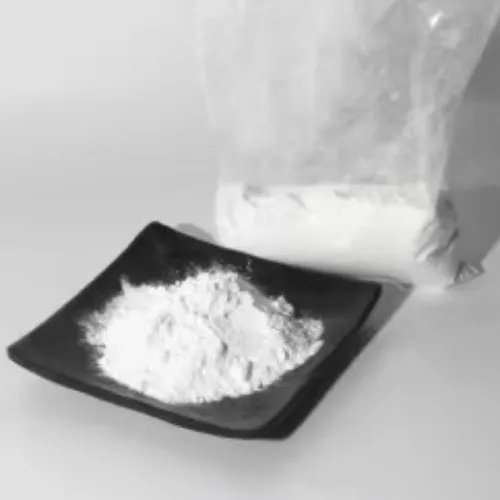
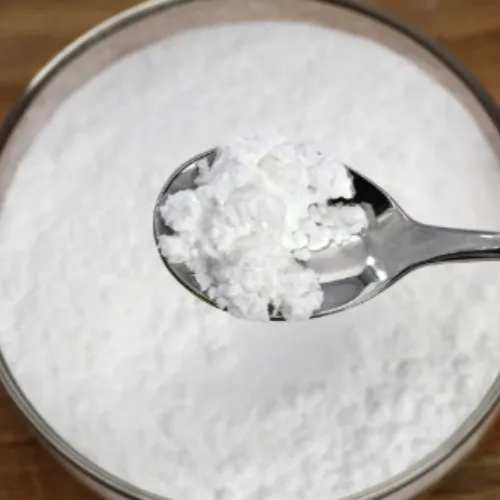
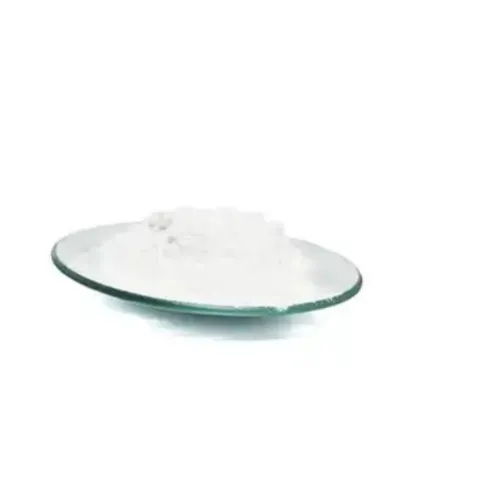
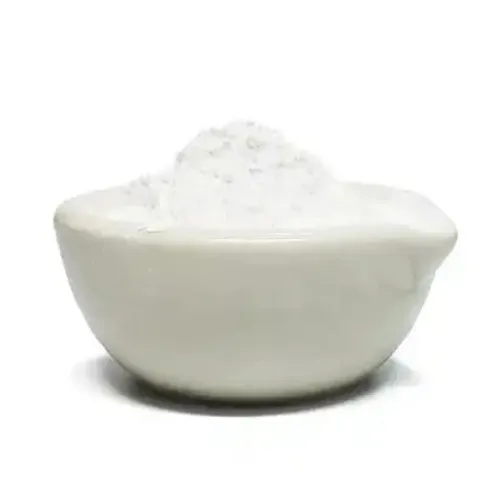
1.Product name: TUDCA
2.Purity: 99%
3.Appearance: White or off-white crystalline powder
4.CAS No.: 14605-22-2
5.Molecular formula:C26H45NO6S
6.Test Method: HPLC
7.Introduction:
Tauroursodeoxycholic Acid (TUDCA) is a liver aid. It looks like a good resource for preventing cholestasis, one of the major risks with 17 alkylated steroids.
Tauroursodeoxycholic Acid (TUDCA) is an ambiphilic bile acid. It is the taurine conjugate form of ursodeoxycholic acid (UDCA). Humans are found to have trace amounts of TUDCA. However, bears contain large amounts of TUDCA in their bile.
TUDCA has diminishing apoptotic effects, helping with cardiac function, Huntington's disease, Parkinson's Disease, and stroke. Recently, TUDCA has been found to have protective effects in the eye, especially concerning retinal degenerative disorders.
- TUDCA is mainly used in patients with sterol gallstones, cholestatic liver diseases (e.g.: primary biliary cirrhosis), bile reflux gastritis, autoimmune hepatitis (AIH), primary biliary cirrhosis (PBC), primary sclerosing cholangitis (PSC), chronic hepatitis (hepatitis B and C, etc.), alcoholic fatty liver disease, non-alcoholic fatty liver disease, drug-induced liver damage, pre - and post liver transplantation prophylaxisChemotherapy complications, and so on.
TUDCA is mainly used in a variety of neurodegenerative diseases, such as Alzheimer's disease, Parkinson's disease and Huntington's disease, it can be used as a mitochondrial stabilizer and anti apoptosis agent.
3. TUDCA can be used as lipase accelerant, anion remover, protein dissolver and bacterial culture medium.
У нас есть много высококачественных фабрик с глубоким сотрудничеством, которые могут предоставить вам высококачественную продукцию и конкурентоспособные цены. И мы также можем предоставить скидки на оптовые закупки. Мы сотрудничаем со многими профессиональными транспортно-экспедиторскими компаниями, можем безопасно и бесперебойно доставлять продукцию в ваши руки. Срок доставки составляет около 3-20 дней после подтверждения оплаты.
|
Items |
Стандарты |
Полученные результаты |
|
Physical Analysis |
||
|
Description |
White Powder | Соответствует |
|
Анализ |
99% | Соответствует |
|
Mesh Size |
100 % pass 80 mesh | Соответствует |
|
Пепел |
≤ 5.0% | 2.85% |
|
Убыток от высыхания |
≤ 5.0% | 2.65% |
|
Chemical Analysis |
||
|
Heavy Metal |
≤ 10.0 mg/kg |
Соответствует |
|
Pb |
≤ 2.0 mg/kg |
Соответствует |
|
Как |
≤ 1.0 mg/kg | Соответствует |
|
Hg |
≤ 0.1mg/kg | Соответствует |
|
Microbiological Analysis |
||
|
Residue of Pesticide |
Отрицательный | Отрицательный |
|
Общее количество тарелок |
≤ 1000cfu/g | Соответствует |
|
Yeast&Mold |
≤ 100cfu/g | Соответствует |
|
E.coil |
Отрицательный |
Отрицательный |
|
Сальмонелла |
Отрицательный |
Отрицательный |
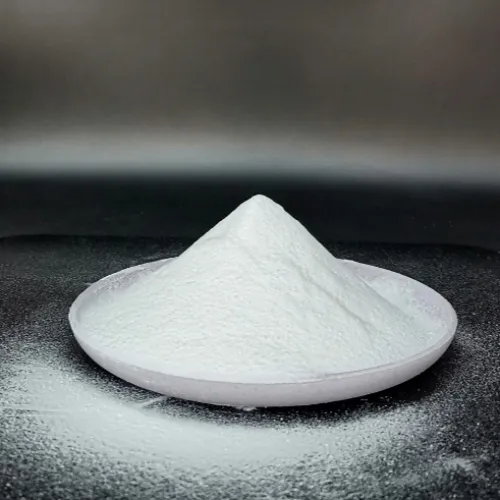
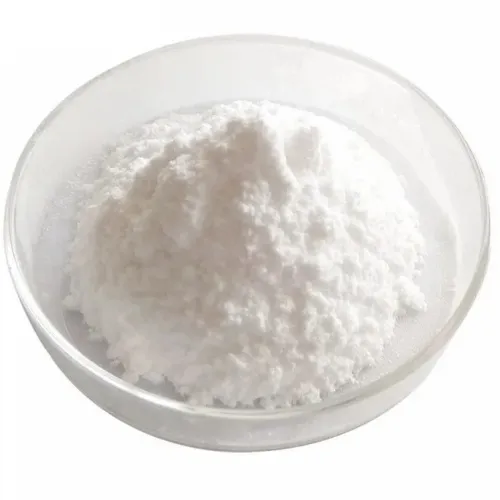
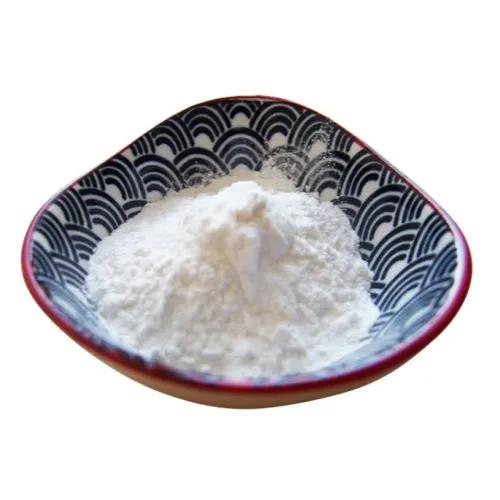
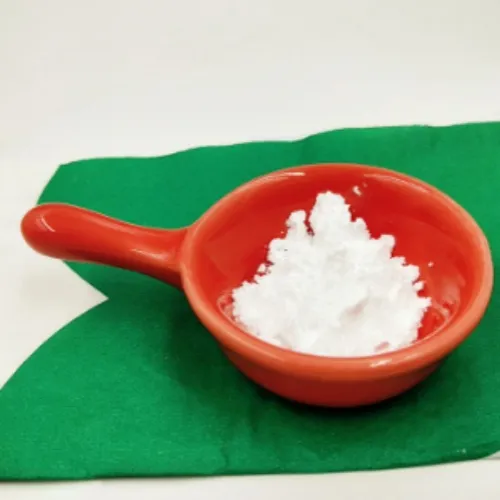
Taurodeoxycholic acid is a bile salt formed in the liver by conjugation of deoxycholate with taurine, usually as the sodium salt. Bile acids are steroid acids found predominantly in the bile of mammals. The distinction between different bile acids is minute, depending only on the presence or absence of hydroxyl groups on positions 3, 7, and 12. Bile acids are physiological detergents that facilitate excretion, absorption, and transport of fats and sterols in the intestine and liver. Bile acids are also steroidal amphipathic molecules derived from the catabolism of cholesterol. They modulate bile flow and lipid secretion, are essential for the absorption of dietary fats and vitamins, and have been implicated in the regulation of all the key enzymes involved in cholesterol homeostasis. Bile acids recirculate through the liver, bile ducts, small intestine and portal vein to form an enterohepatic circuit. They exist as anions at physiological pH and, consequently, require a carrier for transport across the membranes of the enterohepatic tissues. The unique detergent properties of bile acids are essential for the digestion and intestinal absorption of hydrophobic nutrients. Bile acids have potent toxic properties (e.g. membrane disruption) and there are a plethora of mechanisms to limit their accumulation in blood and tissues Taurodeoxycholic acid can be found in Escherichia
Категории товаров
-
 Apr . 27, 2025Zibo will host the 2025 International Chemical ExpoZibo, a city known for its thriving chemical industry, will host the 2025 Zibo International Chemical Expo from May 16 to May 18, 2025. This highly anticipated event aims to bring together industry leaders, innovators and stakeholders from around the world to explore the latest advancements and trends in the chemical industry.
Apr . 27, 2025Zibo will host the 2025 International Chemical ExpoZibo, a city known for its thriving chemical industry, will host the 2025 Zibo International Chemical Expo from May 16 to May 18, 2025. This highly anticipated event aims to bring together industry leaders, innovators and stakeholders from around the world to explore the latest advancements and trends in the chemical industry. -
 Apr . 22, 20252025 Yokohama Cosmetics Raw Materials and Technology ExhibitionYOKOHAMA, Japan – The City of Yokohama is preparing to host the much-anticipated Cosmetics Ingredients & Technologies 2025 from May 14 to May 16, 2025. The premier event is expected to attract industry professionals, innovators and enthusiasts from around the world to showcase the latest advancements in cosmetic ingredients and technologies.
Apr . 22, 20252025 Yokohama Cosmetics Raw Materials and Technology ExhibitionYOKOHAMA, Japan – The City of Yokohama is preparing to host the much-anticipated Cosmetics Ingredients & Technologies 2025 from May 14 to May 16, 2025. The premier event is expected to attract industry professionals, innovators and enthusiasts from around the world to showcase the latest advancements in cosmetic ingredients and technologies. -
 Apr . 18, 20252025 India Mumbai Fine Chemicals ExhibitionMUMBAI, India – The bustling metropolis of Mumbai is gearing up to host the much-anticipated Fine Chemicals Expo on April 29-30, 2025. The premier event is expected to attract industry leaders, innovators and stakeholders from across the world to showcase the latest advancements in the fine chemicals sector.
Apr . 18, 20252025 India Mumbai Fine Chemicals ExhibitionMUMBAI, India – The bustling metropolis of Mumbai is gearing up to host the much-anticipated Fine Chemicals Expo on April 29-30, 2025. The premier event is expected to attract industry leaders, innovators and stakeholders from across the world to showcase the latest advancements in the fine chemicals sector.


